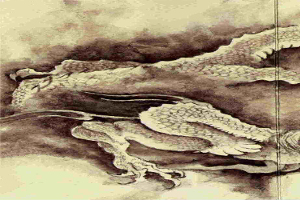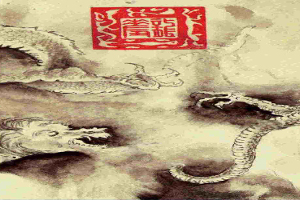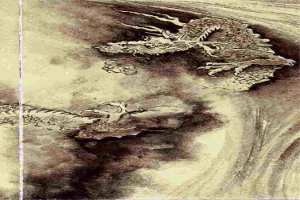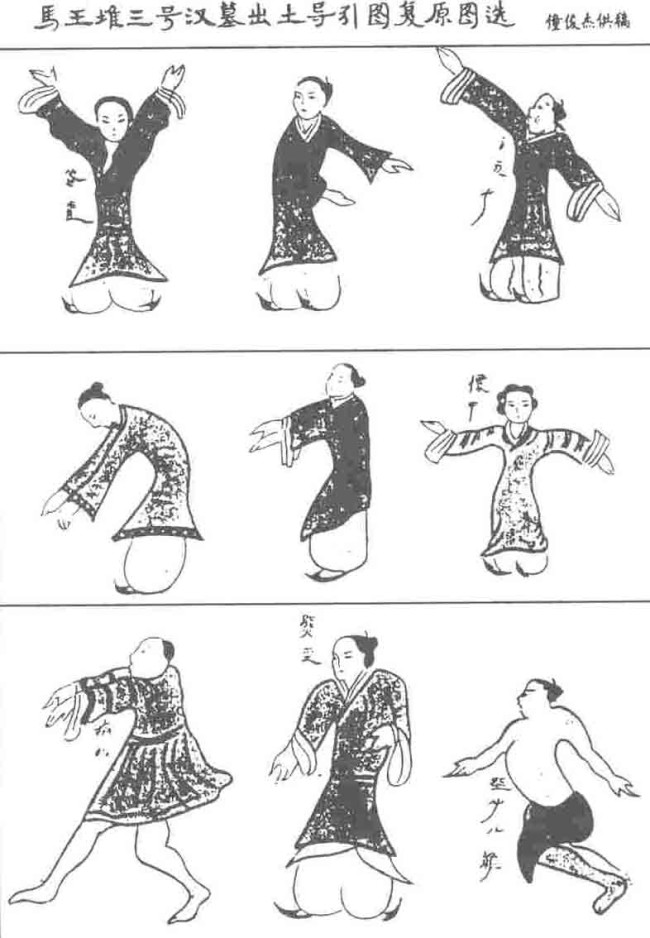 Blogger and qigong teacher Tiffany Jones, has written an enlightening review of the roots and origins of qigong for the Into Mountains, Over Streams; International Journal of Qigong (online). Which takes for its focus a book by Dr. Yang Jwing-Ming called “The Roots of Chinese Qigong” a sample of which (pages 1 -118) can be downloaded as a PDF file here.
Blogger and qigong teacher Tiffany Jones, has written an enlightening review of the roots and origins of qigong for the Into Mountains, Over Streams; International Journal of Qigong (online). Which takes for its focus a book by Dr. Yang Jwing-Ming called “The Roots of Chinese Qigong” a sample of which (pages 1 -118) can be downloaded as a PDF file here.
In this book the history of qigong is grouped into roughly four periods of growth though it is difficult to specify the earliest origins of this art. The article sets out a brief summary of each period for us and these include:
1. The First Period of Qigong
The first era documenting Qigong begins with the Yi Jing (Book of Changes) written sometime before 1122 B.C. The period includes documentary evidence that the practice can be traced back before the Shang dynasty (1766-1154 B.C.) and also includes information recorded in the Nei Jing that during the reign of the Yellow Emperor (2690-2590 B.C.) pebbles were used to adjust qi circulation. Lao Tzu writes about cultivating qi in the Tao Te Ching and later in 300 B.C., Chuang-Tzu writes the famous sentence “the men of old breathed clear down to their heals.”
2. The Second Period of Qigong
The second period of Qigong could also be called the religious qigong era as it begins to incorporate methods drawn from Buddhism. During the Eastern Han dynasty (c. 58 A.D.) Buddhism was imported to China from India and the Buddhist temples taught many Qigong practices, especially the still meditation of Chan (Zen). It was during this period that the famous Daoist Jun Qian observed and incorporated the movements of animals to create the Wu Qin Xi (Five Animal Sports), which taught people how to increase their qi circulation through specific movements.
3. The Third Period of Qigong
The third period of Qigong is a time for the growth of Qigong in literature, with Chao Yuan-Fang gathering together 260 ways of enhancing chi flow in the Zhu Bing Yuan Hou Lun (Thesis on the Origins and Symptoms of Various Diseases), Sun Si-Mao writing the Qian Jin Fang (Thousand Gold Prescriptions) and Wang Tao compiling the Wai Tai Mi Yao (The Extra Important Secret) wherein he discusses the use of breathing and herbal remedies for maintenance of health by enhanced chi circulation.
4. The Fourth Period of Qigong
The current era of Qigong began in 1911 when the Qing dynasty came to an end. This heralded a moment in history when China was forced to open its doors to the world and it resulted in Chinese Qigong becoming enriched with practices from all across the world.
You can read the full article here though if you have the time download Dr. Yang Jwing-Ming’s book and read up on the roots and origins of qigong in more detail. Of course the story is not over yet. Qigong is still evolving and increasingly draws in ideas from other traditional practices including shamanism and yoga. Ultimately it is up to you to find a teacher you are happy with and with whom you can enjoy your own exploration of this ancient healing art.
[This article was first published on www.longtoutaichi.com in July 2013]
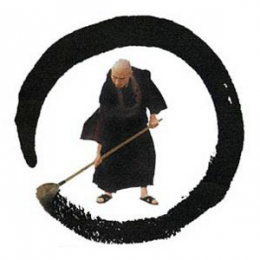






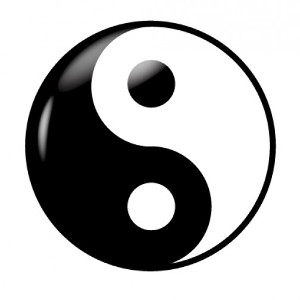 China Tai Chi Guide
China Tai Chi Guide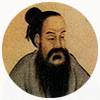 Five Elements Academy
Five Elements Academy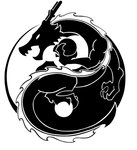 Long Tou Shan Tai Chi School
Long Tou Shan Tai Chi School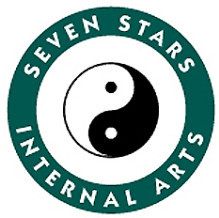 Seven Stars Internal Arts
Seven Stars Internal Arts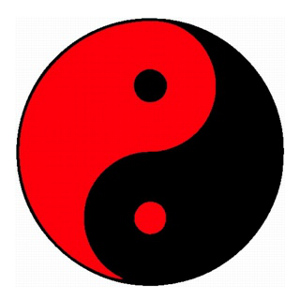 Traditional Tai Chi School
Traditional Tai Chi School Wandering Dao, China
Wandering Dao, China